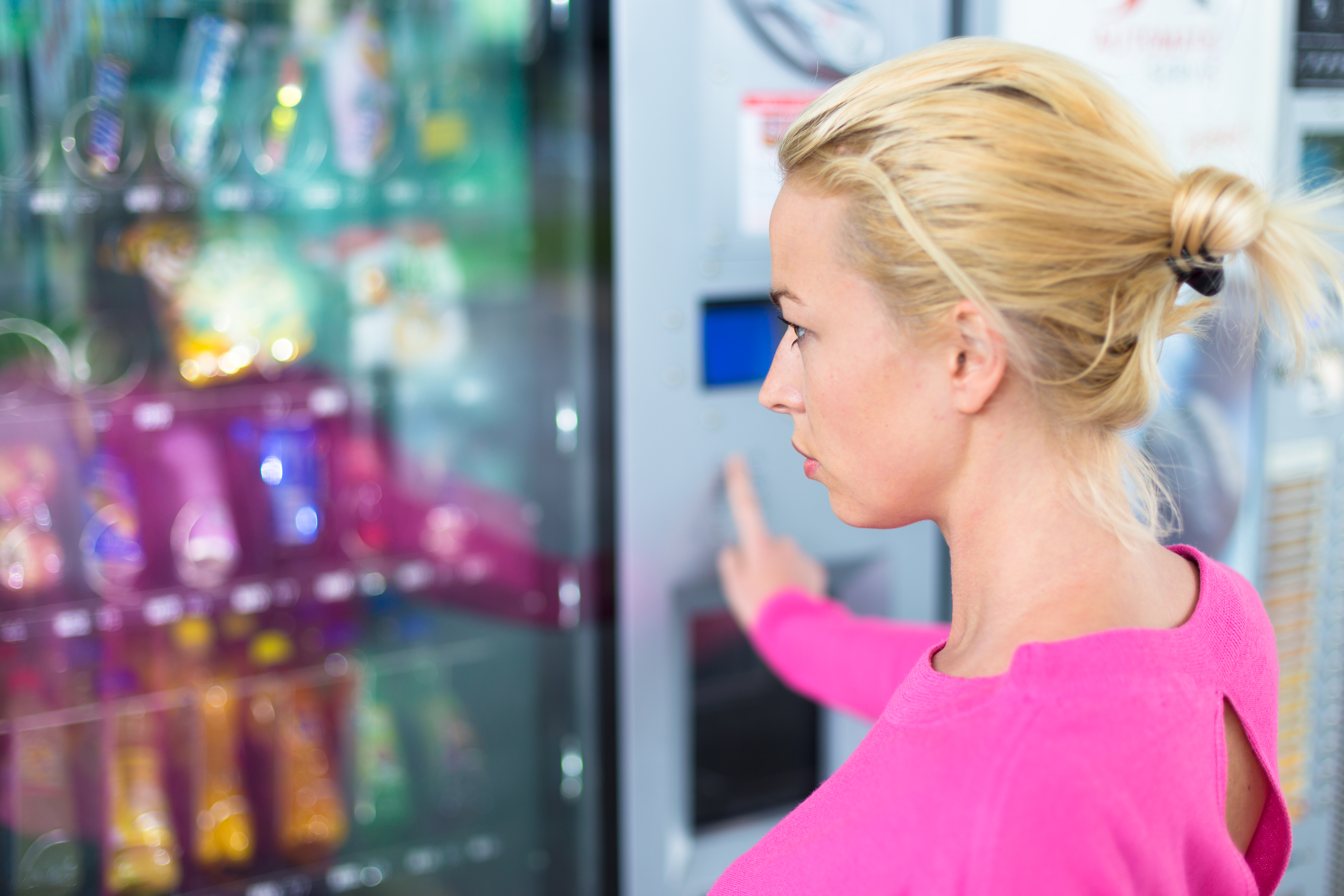In its newest channel forecasts for the food-to-go sector, IGD – suppliers of foresight and perception for the meals and client items business – predicts that the channel will likely be value £15.6bn on the finish of 2021, which is 82.5% of its 2019 price.
It is forecast to go back to its pre-Covid ranges in the second one part of 2022, six months previous than anticipated.
Nicola Knight, senior analyst for Food-to-Go and creator of the forecasts explains: “This is a better-than-expected result, so is really positive news for the sector; by 2026, the market will be worth £22.7bn which is 20.5% more than 2019. This will be the outcome of five years of growth at above pre-pandemic levels, following significant contraction in 2020, and will predominantly be driven by foodservice operators.”
However, restoration isn’t constant throughout sub-sectors. Foodservice food-to-go operators – fast carrier eating places (QSR) specifically – were the primary motive force of the expansion, expanding marketplace proportion from 77% in 2019 to 79% in 2021. Covid restrictions have performed an important function, predominantly because of shoppers affected by cooking fatigue and choosing reasonably priced treats, which has in-turn benefitted “destination” food-to-go websites.
Ms Knight endured: “To survive and meet new demand, operators have fast-forwarded innovation at an unprecedented speed. Delivery, digital and proposition development have placed survivors in a good position to maintain momentum as restrictions ease. But it’s important to note that QSRs, coffee shops and food-to-go outlets may experience a dip in sales growth in the second half of this year, as consumers have more choice on where and how to spend their money.”
In retail, the percentage of the food-to-go marketplace is forecast to scale back to 21% in 2021 from 24% in 2019. This will regularly build up to 23% by means of 2026 as momentum begins to go back to retail food-to-go.
Ms Knight defined: “In 2021, shops have confronted greater festival from foodservice operators who tailored temporarily to converting client conduct and calls for. And, because of the lower in call for and shift in buying groceries conduct, shops reallocated house to different classes. While better shops have benefitted from consolidated buying groceries missions, smaller shops have skilled a better dip in gross sales however, conversely, are more likely to get better extra temporarily as some pre-pandemic behaviours go back.
“New product launches and major projects that were delayed due to the pandemic are now beginning to appear in stores. The challenge for retailers now is whether they can close the gap in market share. It will depend on how far consumers return to pre-COVID habits and how fast retailers adapt to changes in behaviour that stick.”
The annual Food-to-Go forecast document from IGD examines intimately the outlook by means of sector for: QSR, espresso stores, food-to-go experts, supermarkets/hypermarkets, and comfort, forecourts & different shops.


